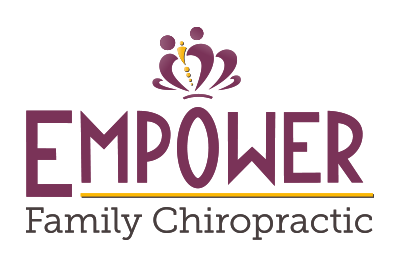Webster Technique
Chiropractic care through pregnancy
Chiropractic care in pregnancy is vital to the normal physiological function of both the mother and baby throughout pregnancy and birth. More women and birth providers are discovering the many benefits associated with chiropractic care in pregnancy and recognize this area of expertise through Webster Certification. Due to the gentle nature of the Webster Technique, it’s a safe adjustment throughout pregnancy.

“My personal primary goal is to help all pregnant woman have an educated and empowering pregnancy and delivery.”
~ Dr. J
Webster Technique: Frequently Asked Questions
Chiropractic care in pregnancy is vital to the normal physiological function of both the mother and baby throughout pregnancy and birth. More women and birth providers are discovering the many benefits associated with chiropractic care in pregnancy and recognize this area of expertise through Webster Certification. Due to the gentle nature of the Webster Technique, it’s a safe adjustment throughout pregnancy.
What is the Webster Technique?
How does it work?
Gentle adjustments of subluxations (misalignments) in the pelvis and sacrum are made in order to balance the pelvic muscles and the ligaments of the uterus (ie. round ligament, etc.) that attach to these bony structures. Did you know that the ligaments that anchor the uterus to the pelvis are the only ligaments in the human body (men excluded) that have smooth muscle fibers? This means that with misalignments of the pelvis and sacrum, tension and spasms can occur in these ligaments, similar to what is felt in other muscle groups of the body. As a result, a gentle soft tissue massage is performed on these ligaments of the uterus after the adjustment in order to release the resulting tissue strain.
The theory and technique are simple; adjust subluxations within the structure of the mother’s pelvis, sacrum and surrounding ligaments, bringing freedom to the uterus so that it will suspend itself in a more balanced way within the pelvic bowl.
How are adjustments performed during pregnancy?
The theory and technique are simple; adjust subluxations within the structure of the mother’s pelvis, sacrum and surrounding ligaments, bringing freedom to the uterus so that it will suspend itself in a more balanced way within the pelvic bowl.
Why is it so important to keep the pelvis balanced during pregnancy?
Subluxations specific to the pelvis and sacrum can have a direct affect on the uterus and its position within the mother’s pelvic bowl. Strain on the uterus from external structures (aka: Intra-uterine constraint) can ultimately result in restricting the space in which the baby has to maneuver within the womb and may be a contributing factor to abnormal fetal presentations, such as posterior, breech, or transverse presentation.
Intra-uterine constraint can also have a direct effect on fetal positioning during labor and delivery. This can be a major factor in dystocia. Dystocia is defined by Williams Obstetrics as abnormal function during labor (including failure to progress, baby being “stuck”, and abnormal presentation of the fetus), and is the leading cause for invasive interventions such as using forceps or vacuum, and Cesarean section during labor and delivery.
Will the Webster Technique turn a breech baby?
Referred to by many as the ‘baby turning technique’, the Webster Technique is becoming widely known for its high success rate in correcting abnormal fetal positions (breech, transverse, posterior, etc.). A major misconception is that chiropractors turn babies, which is incorrect. The Webster Technique is not an obstetric maneuver. Direct external forces on the baby are never used. Dr. J DOES NOT turn babies. The woman’s body DOES, given the right help.
Via specific adjustments to the spine and the Webster Technique, Dr. J helps to find and reduce stress and interference to the nervous system and pelvis. This allows the body to accommodate better for the growing baby, likely resulting in a vertex (head down) position of baby.
When should I begin having the Webster Technique performed?
The Webster Technique works best if administered as early as possible, as it typically takes several sessions to free subluxations and allow the mother’s nervous system to adapt to its new way of being. Having at least 4 weeks before baby is due will increase the success of baby turning.
Starting the process in the 38th week of pregnancy and later is not the best approach. However, if mother is in the final weeks it is still a good idea to see a Chiropractor certified in the Webster Technique for more frequent visits to at least try and create as much space as possible to allow for an easier labor and birth process.
How many treatments will I need?
What is the success rate of the Webster Technique?
The July/August 2002 issue of the Journal of Manipulative and Physiological Therapeutics demonstrates that moms have have used the Webster Technique have an 82% success rate compared to the 35% success rate of External Cephalic Version.
When successful, the Webster Technique avoids the costs and/or risks of external cephalic version, C- section, or vaginal trial of breech. In light of these findings, the Webster Technique deserves serious consideration in the health care management of expectant mothers. (Pistolese 2002)
When the nervous system is free of interference and is allowed to work at its optimal level, the mother’s body will know exactly what to do!
